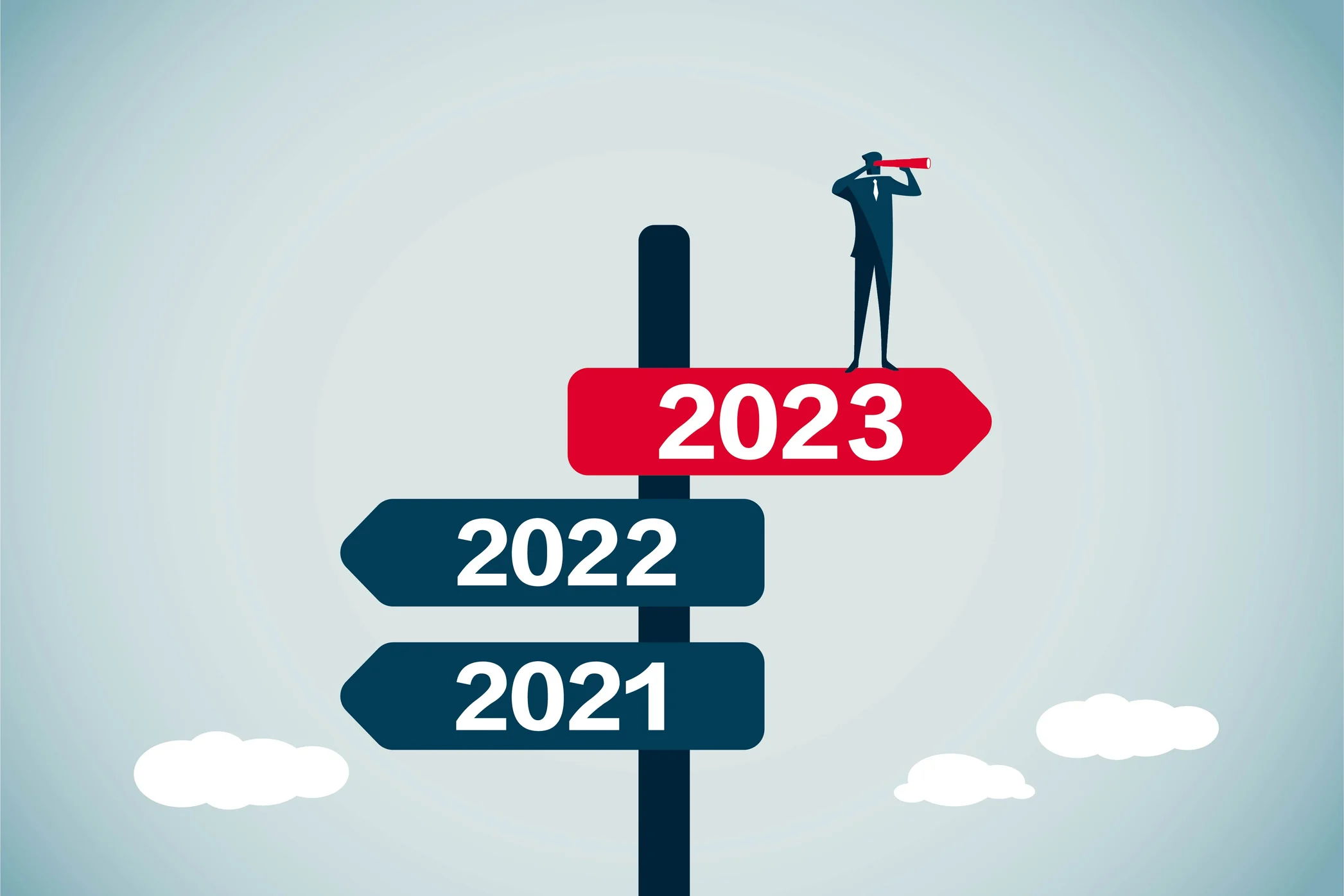Smart Ways to Repurpose Content: A Guide to Repurposing Content Effectively
If you’re running a small-to-midsize business—whether you’re a home services provider, a sod farm, or an e-commerce brand—consistently creating high-quality content can feel like trying to outrun a treadmill that’s speeding up by the hour. The truth is, keeping pace with content marketing in 2025 doesn’t mean creating more content from scratch. It means learning how to make the content you already have go further.
Enter content repurposing.
In this guide to repurposing content effectively, we’ll break down what content repurposing means, why it matters more than ever, and how your business can implement a content repurposing strategy that saves time, boosts visibility, and helps your team show up stronger across social media platforms, email, video, and beyond.
Why Content Repurposing Matters in 2025
First, let’s define it: Content repurposing means transforming existing content into new forms to expand its reach, extend its shelf life, and improve marketing efficiency.
It’s not just recycling—it’s reimagining. And with today’s demand for omnichannel communication, that rethink is critical.
The New Demands on Small Businesses
As a small or mid-sized business owner, you’re juggling operations, customer service, hiring, and growth. Content creation often gets squeezed in as a last-minute effort, leading to one-off blog posts or irregular social media updates that don’t deliver long-term ROI.
But in 2025, consumer expectations are higher than ever. They want to engage with relevant content across different formats: videos for social media, blog content, short-form clips, visuals, and email—on every platform.
Here’s where a smart content repurposing strategy steps in.
Why Repurposing Content Works
Repurposing content allows you to:
- Save time and money by extracting more value from each piece of content you create.
- Maintain consistency across your channels without needing to start from scratch.
- Reach new audiences by adapting marketing content to fit different platforms and consumption habits.
- Create content at scale even with a small team or limited resources.
Bottom line: A repurposing strategy helps small businesses act like big brands—without the overhead.
Types of Content That Can Be Repurposed
Before you build out a content repurposing system, look at the types of content you already have. Chances are, there’s gold sitting in your archives.
Here’s what you can repurpose:
- Blog posts – Turn into social threads, email drip campaigns, or repurpose blogs into social media content.
- Webinars and videos – Cut into video content clips for social media or YouTube Shorts.
- Podcasts – Break into audiograms, pull quotes, or transcribe for written content.
- Case studies and testimonials – Convert into shorter social media updates or landing page headlines.
- Email campaigns – Reuse as blog posts or turn segments into social posts.
- Social media posts – Expand into longer-form blog content or visual content like infographics.
- User-generated content (UGC) – Bring in reviews, photos, and comments from your happy customers across your platforms.
Even a single quote, data point, or testimonial can be saved and reused creatively. Every piece of content you create is a potential building block.
Smart Ways to Repurpose Your Content
Now, let’s look at the real-life tactical side of how to repurpose your content into multiple pieces of content. Below are smart, high-impact ways to make the content you put effort into work across your marketing strategy.
1. From Blog to Social Carousel
Take a blog post and turn key takeaways into a LinkedIn or Instagram carousel post. Add visuals using Canva and use engaging captions to draw people in. This gives your post fresh life on a completely different content format.
2. From Webinar to Short Video
Convert a 30-minute webinar into 5–10 short clips tailored for YouTube Shorts, Instagram Reels, or TikTok. You’ll grab attention and send traffic back to the full version.
3. From Podcast to Email Sequence
Have a podcast episode full of lessons or advice? Extract digestible points and create a 3-email series with added commentary. Now that single episode fuels your email list too.
4. From Case Study to Blog Post
Case studies can lead to “how we helped” blog content, client testimonials, or even expert tips based on the client’s experience.
5. From Blog to Downloadable Lead Magnet
Combine a long-form piece of content (like a blog series) into a downloadable PDF guide or checklist. Use it as a lead magnet on your website.
One high-quality content piece can be repurposed into 10+ assets with the right approach.
Bonus Efficiency Tip: Use Tools
Tools like Canva, Descript, ChatGPT, and Make.com make content repurposing faster. Combine automation with content templates to streamline your repurposing workflow—even with a small marketing team.
How to Build a Repeatable System for Ways to Repurpose Content
The key to making content repurposing more than a one-off tactic is to build a system around it. Don’t wait to think about repurposing after content is created—bake it in from the start.
Start With Pillar Content
Choose a long-form, in-depth pillar content format—like a blog post, webinar, or podcast—and use it as the hub. Then, extract spokes from it, such as:
- Quotes for social posts
- Stats for infographics
- Video or audio clips
- Visual content like checklists or slides
- FAQs or how-tos for blog content
Create a Content Creation Workflow
Build a basic content creation workflow that includes repurposing. It might look like:
- Draft long-form blog or video content
- Identify 5–10 ways to repurpose that content
- Assign roles for editing, repackaging, and posting
- Schedule deployment across social media platforms
- Track performance of each repurposed content asset
Even small businesses can create content systems like these—just keep it simple and consistent.
How to Align Repurposed Content With the Customer Journey
Not every content format works at every stage of the customer journey. To be strategic, make sure your repurposed content maps to your funnel.
Awareness Stage
Introduce your brand and value:
- Video content clips on Instagram or TikTok
- Blog “teasers” on social media
- Educational short-form content or memes
- UGC that showcases real users
Consideration Stage
Educate and build trust:
- How-to guides (from longer blogs or webinars)
- FAQs or “behind the scenes” video content
- Step-by-step visuals pulled from detailed content
Decision Stage
Nudge conversions:
- Testimonials or case studies
- Before-and-after stories
- Product demos clipped from longer videos or reviews
Always adjust the tone, format, and CTA based on where your prospect is in their buying stage. That’s what makes your repurposed content relevant and effective.
Best Practices for Repurposing Content Effectively
Like any good marketing strategy, success comes down to consistency and refinement. Here are a few core best practices to make your content repurposing efforts really count:
1. Focus on Quality, Not Just Quantity
Don’t try to repurpose everything. Start with your best-performing content—the blog posts, videos, or emails that got traction—and dig deeper from there.
2. Edit for Each Platform
Repurposing doesn’t mean copy-paste. Adjust the tone, length, visuals, and CTA depending on the platform. What works on LinkedIn won’t fly on TikTok.
3. Keep Messaging and Branding Consistent
Make your content recognizable across all channels. Keep fonts, colors, tone, and language aligned—even when content formats change.
4. Track What Performs
Use tools like Google Analytics and social media insights to understand the impact of your repurposed content. What drives engagement can inform future repurposing decisions.
5. Iterate Over Time
Content repurposing is not “set it and forget it.” Keep tweaking your approach to see what content without burnout truly looks like.
Tools That Make Repurposing Easier
You don’t need a huge team to build a content repurposing engine. Start with these accessible tools:
- Canva – For visual content and carousels
- ChatGPT – For rewriting and summarizing written content
- Descript – Edit podcasts and videos quickly
- Make.com – Automate workflows across blogs, socials, and email
- Hootsuite or Buffer – Schedule and manage social media posts
Start small with what you’re comfortable with—and build as you go. The best content repurposing strategy is the one you can stick to.
Final Thoughts
Repurposing content isn’t just a time-saver—it’s a growth multiplier. When you repurpose what’s already working, you get to scale your message, expand your presence, and reduce content creation pressure.
Think of this as less about “getting more content out there” and more about making every piece of content you create work harder.
So here’s the takeaway:
- Build your content repurposing strategy into your content creation workflow.
- Treat repurposing as an ongoing system—not a once-and-done solution.
- Start with one strong content piece, repurpose creatively, and track your results.







0 Comments